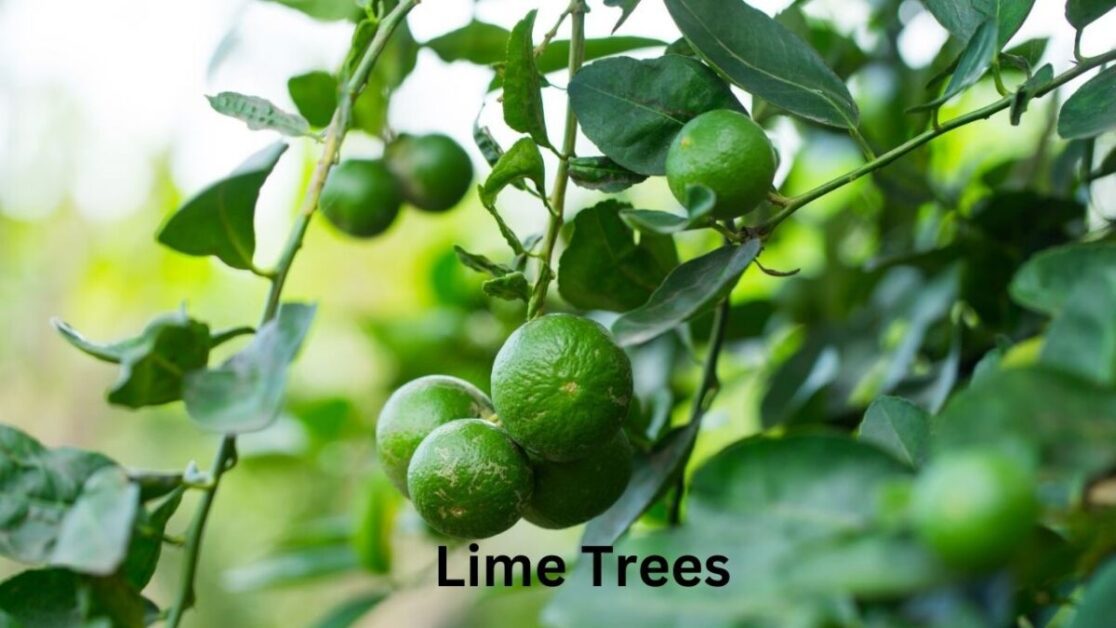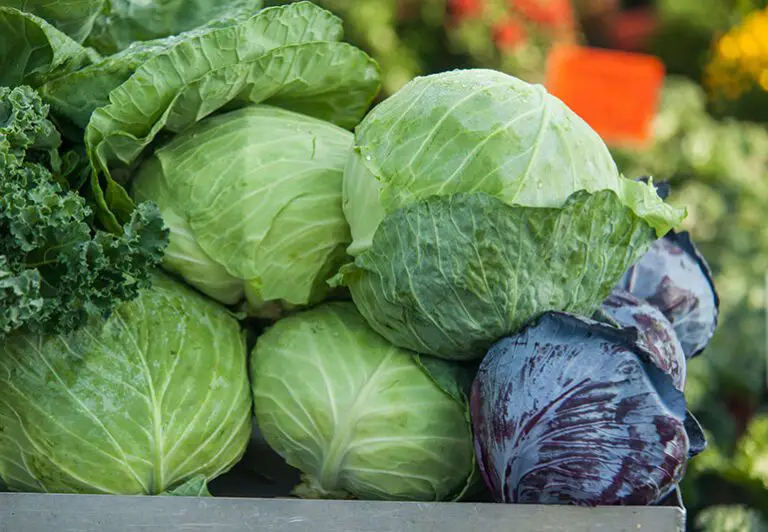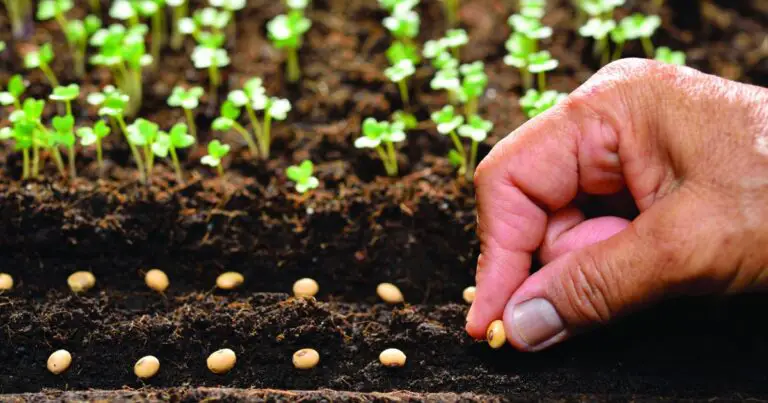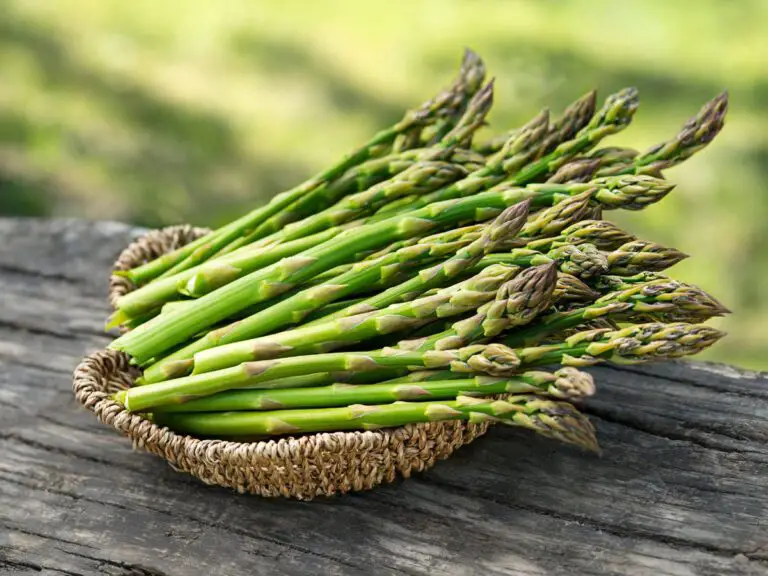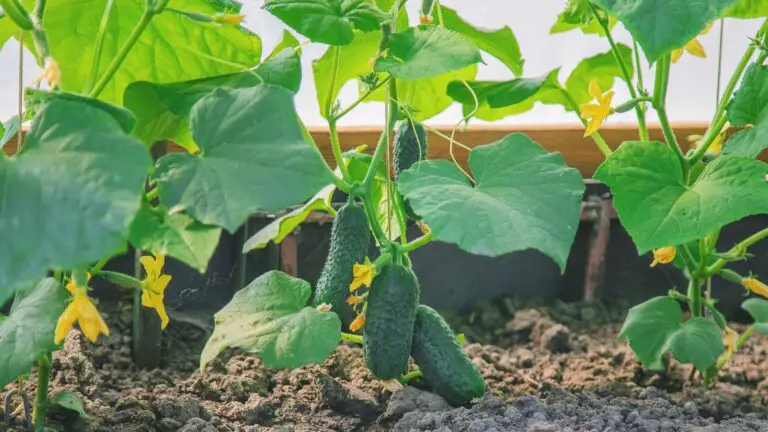Lime Trees: 10 Varieties You’ll Want to Grow
Table of Contents
I. Introduction to a Variety of Cultivars
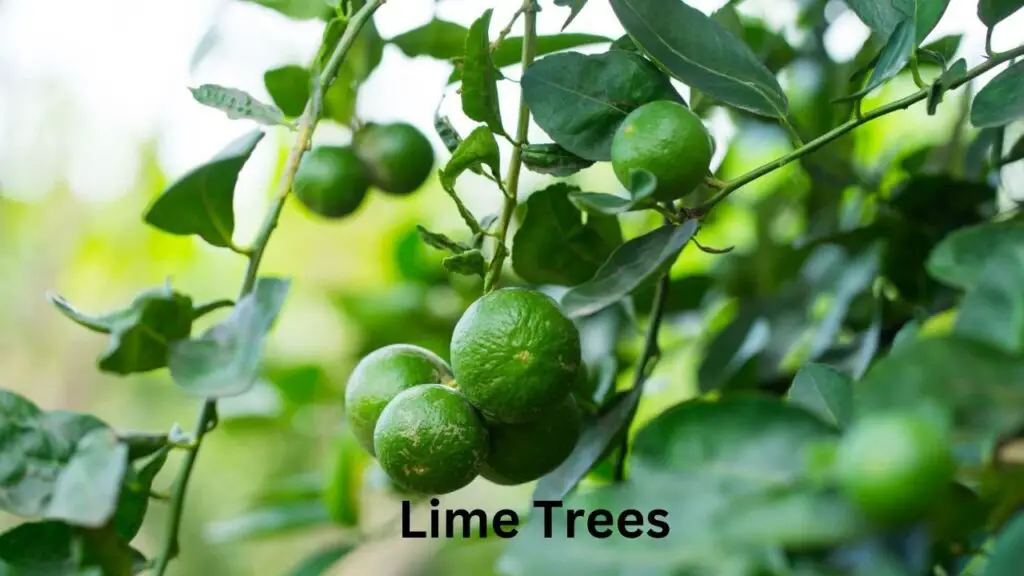
Lime trees are a popular choice for home gardeners and enthusiasts due to their versatility and vibrant flavors. With a variety of cultivars available, gardeners have the opportunity to choose the lime tree that best suits their preferences and growing conditions. Whether you are looking for a bold and zesty flavor, a sweeter citrus taste, or distinctive aromatic notes, there is a cultivar out there to meet your needs.
One of the most well-known and widely grown lime tree cultivars is the Persian lime. With its smooth, bright green skin and juicy, tart flesh, the Persian lime is a favorite for culinary use. Its acidic taste and high juice content make it perfect for adding a burst of citrus flavor to a wide range of dishes, from savory to sweet. Additionally, the Persian lime is known for its abundant fruit production and tolerance to a variety of climates, making it a reliable choice for home gardeners.
2) Understanding Different Lime Tree Varieties and Their Characteristics
Lime trees are a popular choice for home gardeners due to their vibrant green foliage, aromatic blooms, and, of course, their delicious fruits. However, understanding the different lime tree varieties and their characteristics is crucial before embarking on your lime tree-growing journey.
One of the most well-known lime tree varieties is the Persian lime (Citrus x latifolia). This cultivar is characterized by its seedlessness, making it a favorite for culinary uses. Persian limes also boast a tangy and aromatic flavor, making them perfect for both sweet and savory dishes. Additionally, these lime trees are known to be fast-growing and produce abundant fruit, making them an excellent choice for gardeners seeking a bountiful harvest.
Another notable lime tree variety is the Key lime (Citrus aurantifolia). Key limes are smaller in size compared to other lime varieties, with a distinctive yellowish-green hue. They are well-regarded for their intense flavor, which is both acidic and slightly sweet. Key limes are famously used in the creation of the classic Key lime pie, adding a zesty and refreshing element to this beloved dessert. Additionally, Key lime trees are known to be more cold-tolerant compared to other lime varieties, making them suitable for regions with cooler climates.
By understanding the unique characteristics of each lime tree variety, gardeners can make an informed decision on which cultivar best suits their needs and growing conditions. Whether you are seeking seedless limes for culinary endeavors or a small, refreshing lime variety for your favorite recipes, there is a lime tree out there that is perfect for your garden.
3) Factors to Consider When Choosing Lime Trees for Your Garden
When choosing lime trees for your garden, there are several factors that you need to consider to ensure their successful growth and development. First and foremost is the climate in your area. Lime trees thrive in warm, tropical or subtropical climates and may struggle in colder regions. It is important to choose a lime tree variety that is suitable for the specific climate conditions of your location.
Another factor to consider is the size of the lime tree. Lime trees come in different sizes, ranging from compact varieties suitable for small gardens or containers to larger varieties that can grow up to 20 feet tall. It is crucial to evaluate the available space in your garden and choose a lime tree that will fit comfortably without overcrowding other plants or structures.
Additionally, it is important to consider the specific requirements of each lime tree variety. Some lime trees may prefer full sun exposure, while others can tolerate partial shade. Similarly, certain varieties may have specific soil preferences, such as well-draining soil or slightly acidic soil. Understanding these requirements will help you select the lime tree variety that is most compatible with your garden’s conditions, ensuring its optimal growth and productivity.
4) Key Features and Benefits of Persian Lime Trees
Persian lime trees (Citrus x latifolia), also known as Bearss lime or Tahitian lime, are widely popular among citrus enthusiasts for their exceptional features and benefits. One of the key features of Persian lime trees is their ability to produce a bountiful harvest of juicy, seedless fruits year-round. This characteristic makes them an ideal choice for those who enjoy a steady supply of fresh limes from their gardens or orchards.
In addition to their abundant fruit production, Persian lime trees display several other desirable qualities. The limes themselves are large and possess a vibrant green color, making them visually appealing. Their smooth, thin skin is easy to peel, revealing a luscious, tangy flesh that is commonly used in a variety of culinary applications. Whether it’s for squeezing over fish and seafood dishes, adding zest to desserts, or making refreshing limeade, Persian limes offer a burst of citrusy flavor that enhances many recipes.
Moreover, Persian lime trees are relatively easy to cultivate and care for, making them suitable for both experienced gardeners and beginners. They are adaptable to various climates and can thrive in both tropical and subtropical regions. The trees prefer well-draining soil and require regular watering to maintain their health and vitality. With proper care and attention, Persian lime trees can grow up to 10 to 20 feet in height, creating an impressive and fruitful addition to any garden or landscape. The benefits of growing Persian lime trees extend beyond their tasty fruits, as these trees also contribute to the overall aesthetics and ambiance of outdoor spaces.
5) Exploring the Unique Qualities of Key Lime Trees
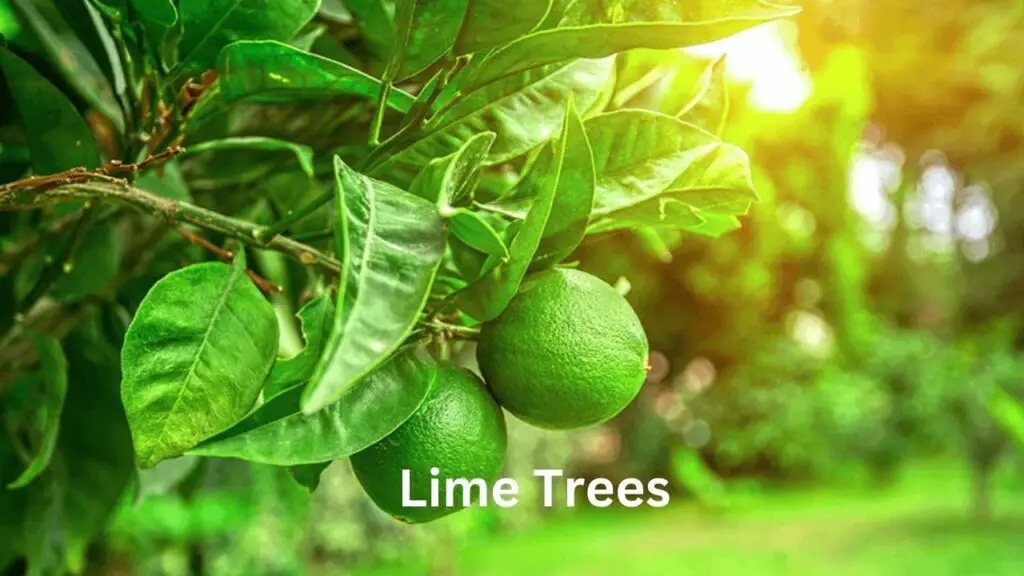
The unique qualities of Key Lime trees make them a popular choice among gardening enthusiasts. With their small, round fruits and distinctive flavor, Key Lime trees add a tropical touch to any garden or landscape. These trees typically reach a height of about 6 to 13 feet, making them suitable for both large and small gardens.
One of the key features that sets Key Lime trees apart is their ability to thrive in various environmental conditions. They are highly adaptable and can withstand both drought and humidity, making them suitable for a wide range of climates. In addition, Key Lime trees have excellent disease resistance, which means they require less maintenance and are more resilient compared to other lime tree varieties.
But it’s not just the tree itself that makes Key Limes unique—it’s also the fruit they produce. Key Limes are known for their small size and vibrant green color, which adds a pop of color to any dish or beverage. These limes are also highly acidic, giving them a tangy and zesty flavor that is both refreshing and versatile. Whether you’re making a delicious Key Lime pie or adding a squeeze of Key Lime juice to your favorite cocktail, the distinct flavor of Key Limes is sure to elevate any recipe. Stay tuned as we delve deeper into the world of Key Lime trees and discover even more fascinating aspects of this remarkable citrus variety.
6) The Allure of Kaffir Lime Trees: A Closer Look
Kaffir lime trees (Citrus hystrix) have a unique allure that sets them apart from other lime tree varieties. With its distinct double-lobed leaves and fragrant citrusy aroma, the Kaffir lime tree is not only prized for its ornamental value but also for its culinary and medicinal uses. Native to Southeast Asia, this thorny evergreen tree has been cultivated for centuries for its flavorful leaves, zesty fruits, and aromatic essential oil.
One of the key characteristics of Kaffir lime trees is their bold and tangy flavor profile. The leaves, which are often used in Thai, Indonesian, and Malaysian cuisines, add a distinctive citrusy taste to various dishes, such as curries, soups, and stir-fries. The aromatic essential oil derived from the leaves is highly valued in the perfume industry for its refreshing and uplifting scent. Apart from its culinary and aromatic qualities, the Kaffir lime tree also holds significance in traditional medicine. Its leaves are believed to have antibacterial, antifungal, and insect-repelling properties, making them a popular ingredient in natural remedies and herbal skincare products. With its captivating appearance and versatility, the Kaffir lime tree is a valuable addition to any garden or landscape.
7) Discovering the Distinctive Flavor of Finger Lime Trees
Finger lime trees, also known as caviar lime trees, are renowned for their distinctive flavor that sets them apart from other lime tree varieties. When you slice open a finger lime, you’ll discover tiny, pearl-like vesicles filled with citrusy goodness. These unique vesicles resemble caviar, hence the nickname. The burst of flavor you experience when biting into these delicate beads is a delightful surprise for the taste buds.
The finger lime is prized for its tangy and slightly acidic taste, which is often described as a strong combination of lime and grapefruit flavors. This exquisite flavor profile makes finger limes a popular choice for chefs and mixologists alike, who incorporate them into various culinary masterpieces and refreshing beverages. Whether used as a garnish for seafood dishes, to enhance the flavor of sauces, or in creative cocktails, finger limes add a touch of sophistication and intrigue with every bite or sip. It’s no wonder that these unique fruits have become a sought-after ingredient in high-end cuisine around the world.
8) Why Tahiti Lime Trees Are Perfect for Citrus Lovers
Tahiti lime trees are a delightful choice for citrus lovers who crave the perfect balance of tartness and sweetness in their fruit. Known for their vibrant green color and juicy flesh, Tahiti limes are a popular variety that adds a refreshing zing to a variety of culinary creations.
One of the reasons why Tahiti lime trees are so beloved is their abundance of fruit. These trees are prolific producers, offering an ample supply of limes throughout the year. From refreshing beverages and marinades to tangy desserts and savory dishes, the versatility of Tahiti limes makes them a must-have for any citrus enthusiast’s garden. Whether you’re a home cook looking to elevate your dishes or a professional chef in search of the perfect ingredient, Tahiti limes won’t disappoint.
Furthermore, Tahiti lime trees are relatively easy to grow and maintain, making them a great choice for both experienced gardeners and newcomers alike. They thrive in warm climates with plenty of sunshine, requiring moderate watering and well-drained soil. With proper care and attention, these trees can flourish for years, providing a bountiful harvest season after season. So, if you’re a citrus lover with a green thumb, don’t miss out on the delightful advantages of growing your very own Tahiti lime tree.
9) The Delicate Beauty of Rangpur Lime Trees
Rangpur lime trees, also known by their scientific name Citrus × limonia, are a true gem in the citrus world. With their delicate beauty and unique characteristics, these lime trees are a great addition to any garden. The Rangpur lime tree is a hybrid variety, believed to be a cross between a mandarin orange and a lemon. It is named after the city of Rangpur in Bangladesh, where the fruit was first cultivated.
One of the most striking features of the Rangpur lime tree is its vibrant fruit. The fruits resemble oranges and have a bright reddish-orange color when ripe, adding a pop of color to your garden. The thin peel is smooth and easy to remove, revealing juicy and acidic flesh. The flavor of the Rangpur lime is more tart and sour than a traditional lime, making it a popular choice for culinary uses. Its tangy taste adds a unique and refreshing twist to cocktails, marinades, and culinary dishes. Furthermore, the Rangpur lime tree is not only prized for its fruit but also for its attractive evergreen foliage and fragrant flowers, adding visual appeal and a delightful aroma to your garden.
10) A Guide to Growing and Caring for Lime Trees in your Garden
When it comes to growing and caring for lime trees in your garden, there are a few key factors to consider. First and foremost, it’s important to choose the right location for your lime tree. These trees thrive in full sun, so make sure to select a spot that receives at least six to eight hours of direct sunlight each day. Additionally, lime trees prefer well-draining soil with a pH level between 6 and 7. If your garden soil doesn’t meet these requirements, you can amend it with organic matter or consider growing your lime tree in a container with a suitable potting mix.
Once you have chosen the ideal location for your lime tree, it’s time to plant it. Dig a hole that is twice as wide and deep as the root ball, ensuring that the top of the root ball is level with or slightly above the soil surface. Backfill the hole with soil, gently firming it around the root ball to eliminate any air pockets. After planting, water the tree thoroughly to settle the soil. It’s important to provide regular watering, especially during the first year of growth, to ensure proper establishment. Additionally, consider applying a layer of organic mulch around the base of the tree to help retain moisture and suppress weed growth. With proper planting and watering, your lime tree will have a strong foundation for healthy growth.
11) Essential Tips for Pruning and Maintaining Lime Trees
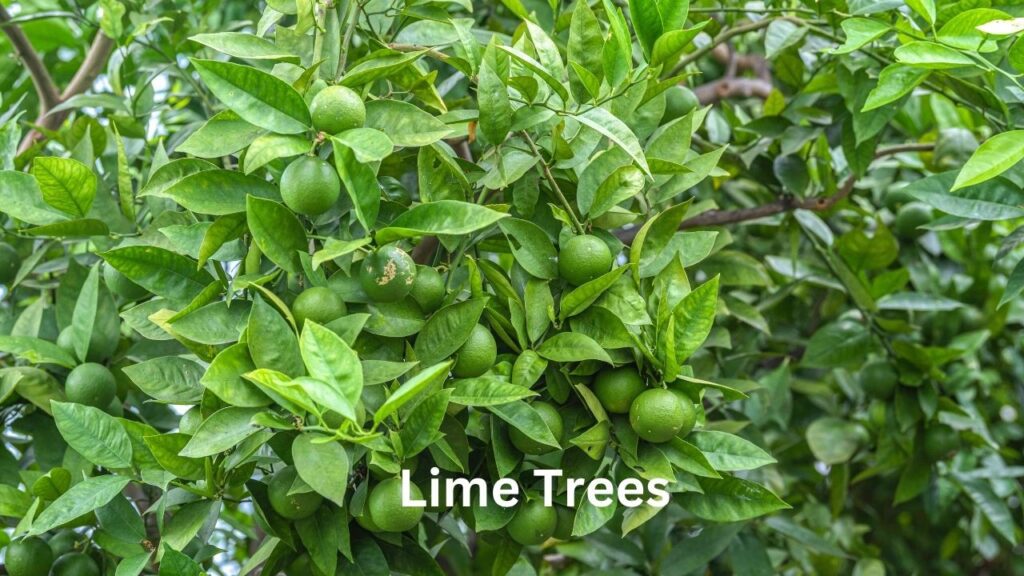
Pruning and maintaining lime trees is essential in ensuring their health and productivity. By following some key tips, you can promote optimal growth and maximize fruit production for a thriving lime tree in your garden.
Firstly, it’s important to perform regular pruning to remove dead, damaged, or diseased branches. This helps prevent the spread of pests and diseases while allowing for better air circulation and sunlight penetration. Prune these branches back to the main trunk using clean, sharp pruning shears, making sure to sterilize the shears between cuts to avoid cross-contamination.
Additionally, shaping your lime tree through pruning can help maintain an appealing structure and encourage new growth. Wait until the tree is dormant during late winter or early spring to shape it, as this is when it is most receptive to pruning. Trim back long, unruly branches to control the tree’s size and promote a balanced shape, keeping in mind the tree’s natural growth patterns.
Remember, proper maintenance involves more than just pruning. Regularly inspect your lime tree for signs of pests, diseases, or nutrient deficiencies. Monitor the moisture levels in the soil and provide adequate irrigation, being careful not to overwater or underwater the tree. Apply a balanced, slow-release fertilizer according to the manufacturer’s instructions to ensure your lime tree receives proper nutrition throughout the growing season.
By incorporating these essential tips into your lime tree maintenance routine, you can promote a healthy and productive tree that will provide you with an abundance of delicious limes for years to come. Consider consulting a local horticulture expert or your nearest agricultural extension office for specific advice tailored to your region and climate. Stay tuned for our upcoming article on common pests and diseases that affect lime trees for further insights on maintaining the health of your citrus trees.
12) Common Pests and Diseases that Affect Lime Trees
Gardening enthusiasts are often faced with the challenge of pests and diseases that can hinder the growth and vitality of lime trees. Common pests that can infest lime trees include aphids, citrus leaf miners, and scale insects. Aphids are small insects that feed on the sap of lime trees, causing stunted growth and deformed leaves. Citrus leaf miners, on the other hand, lay eggs on the leaves, resulting in twisted and distorted foliage. Scale insects, characterized by their small, round bodies, suck the sap from lime trees, leading to weakened branches and a decline in overall health.
In addition to pests, lime trees are susceptible to various diseases that can be detrimental to their well-being. Citrus canker is a bacterial disease that causes raised corky lesions on the leaves, stems, and fruit of lime trees. This can ultimately lead to premature fruit drop and reduced productivity. Another common disease is citrus greening, also known as Huanglongbing, which is caused by a bacterial infection transmitted by certain psyllid insects. Infected lime trees exhibit yellowing leaves, stunted growth, and produce small, bitter fruit. It is important for gardeners to be vigilant and take appropriate preventive measures to protect their lime trees from these pests and diseases.
Here’s a table with information about lime trees:
| Aspect | Details |
|---|---|
| Botanical Name | Citrus aurantiifolia (Key lime), Citrus latifolia (Persian lime) |
| Common Varieties | – Key Lime (Citrus aurantiifolia): Smaller, more acidic fruits. – Persian Lime (Citrus latifolia): Larger, less acidic fruits, commonly found in grocery stores. |
| Climate | Warm tropical to subtropical climates. |
| Hardiness Zones | Typically grown in USDA hardiness zones 9-11. |
| Soil Requirements | Well-draining soil with a slightly acidic to neutral pH. |
| Watering Needs | Regular watering, especially during dry periods. Avoid waterlogged soil. |
| Sunlight Requirements | Full sun; at least 6-8 hours of direct sunlight per day. |
| Temperature Tolerance | Susceptible to frost; protect from temperatures below 32°F (0°C). |
| Fertilization | Feed with a balanced citrus fertilizer during the growing season. |
| Pruning | Prune to shape the tree, remove dead or diseased branches, and improve air circulation. |
| Pests | Common pests include aphids, scale insects, and citrus leaf miners. Monitor and treat as needed. |
| Diseases | Watch for diseases like citrus canker, citrus greening, and root rot. Practice good sanitation. |
| Harvesting Time | – Key Limes: Harvest when pale green to yellow, usually when 1-2 inches in diameter. – Persian Limes: Harvest when fully green and around 2-2.5 inches in diameter. |
| Uses | – Culinary: Juicing, cooking, baking. – Beverages: Cocktails, limeade. – Ornamental: Fragrant flowers and evergreen foliage. |
| Container Growing | Suitable for container cultivation in colder climates. Use a well-draining potting mix. |
| Growth Rate | Moderate growth rate; may take a few years to reach maturity. |
| Landscape Use | Shade trees, ornamental plants, or as part of edible landscapes. |
| Common Challenges | – Pest and disease management. – Frost protection in colder climates. – Providing sufficient sunlight. |
| Benefits | – Fresh, aromatic limes for culinary use. – Evergreen foliage with fragrant flowers. – Suitable for both landscaping and container gardening. |
This table provides an overview of key aspects related to growing and caring for lime trees, covering various aspects such as climate requirements, soil preferences, pest management, and uses. Adjustments may be necessary based on specific varieties and local conditions.
13) Harvesting and Utilizing the Abundance of Lime Trees
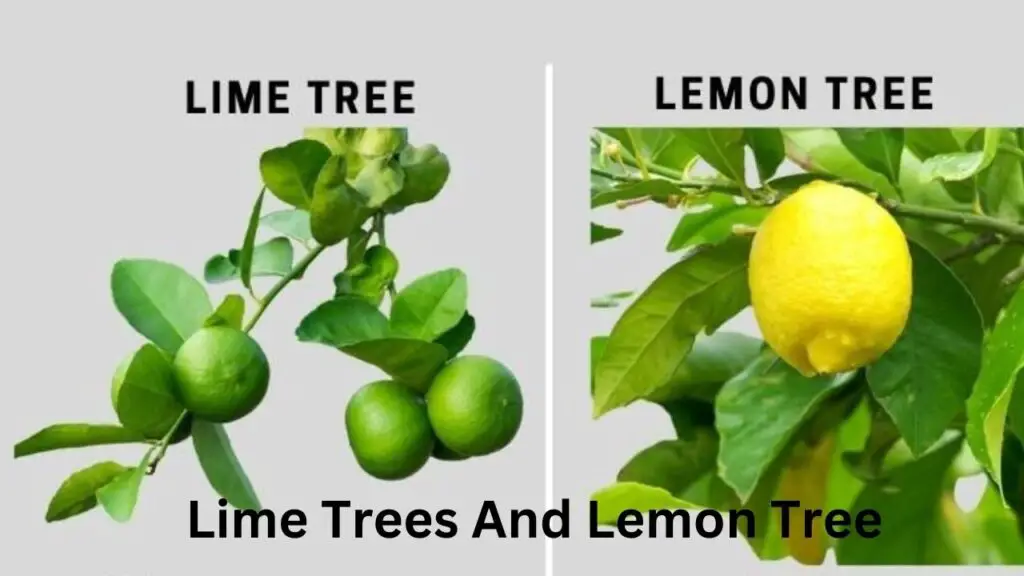
Harvesting the abundant fruits from your lime trees is a rewarding experience, as it allows you to enjoy the fresh and tangy flavors in a variety of culinary creations. When it comes to harvesting limes, timing is crucial. The best time to pick limes is when they are fully ripe, which is usually indicated by a bright green color and a slightly soft texture. However, the exact harvesting time can vary depending on the lime variety and local climate conditions.
To ensure the best flavor and quality, gently twist or use pruning shears to remove the ripe limes from the tree. Avoid pulling or tugging on the fruit, as this may damage the branches or the entire tree. Remember to wear protective gloves, as some lime varieties, such as the Kaffir lime, have thorns on their branches. After harvesting, it’s important to handle the limes with care to prevent bruising or damage. Store them in a cool and well-ventilated area, away from direct sunlight, to maintain their freshness for longer periods. The abundance of lime trees provides you with a versatile ingredient that can be used in an array of recipes, from refreshing beverages and zesty marinades to delectable desserts and tangy sauces. The vibrant flavor of limes can enhance the taste of both sweet and savory dishes, making them a popular choice among chefs and home cooks alike. So, get creative in the kitchen and explore the myriad of possibilities that harvesting and utilizing the abundance of limes can offer.
• Harvesting limes should be done when they are fully ripe, indicated by a bright green color and slightly soft texture.
• Use gentle twisting or pruning shears to remove the ripe limes from the tree to avoid damaging branches or the entire tree.
• Wear protective gloves when harvesting certain lime varieties with thorns on their branches, such as Kaffir lime.
• Handle harvested limes with care to prevent bruising or damage.
• Store limes in a cool and well-ventilated area away from direct sunlight to maintain freshness for longer periods.
• Limes can be used in a variety of recipes including beverages, marinades, desserts, and sauces.
• The vibrant flavor of limes enhances both sweet and savory dishes, making them popular among chefs and home cooks.
14) Frequently Asked Questions about Growing Lime Trees
Frequently Asked Questions about Growing Lime Trees
Q: How much sunlight do lime trees need?
A: Lime trees thrive in full sunlight, requiring at least 6 to 8 hours of direct sunlight each day. This ensures optimal growth, fruit production, and overall health of the tree. Insufficient sunlight can lead to stunted growth, decreased fruit production, and increased susceptibility to diseases and pests. If necessary, consider placing your lime tree in a location where it can receive maximum exposure to sunlight.
Q: Can lime trees tolerate cold temperatures?
A: While lime trees prefer warm, tropical climates, some varieties can tolerate mild frost or occasional cold temperatures. Persian lime trees, for example, are relatively cold-tolerant and can withstand temperatures as low as 26-30°F (-3 to -1°C) for short periods. However, it is important to note that prolonged exposure to freezing temperatures can severely damage or even kill lime trees. To protect your lime tree from frost, consider covering it with a frost blanket or moving it to a sheltered area during cold snaps.
Can lime trees tolerate cold temperatures?
Lime trees are generally sensitive to cold temperatures and can be damaged or killed if exposed to freezing temperatures for a prolonged period.
How long does it take for a lime tree to bear fruit?
The time it takes for a lime tree to bear fruit can vary depending on the cultivar and growing conditions. On average, it can take between 2 to 5 years for a lime tree to produce its first fruits.
How often should I water my lime tree?
Lime trees require regular watering, especially during hot and dry periods. It is recommended to water the tree deeply once a week, ensuring that the soil is evenly moist but not waterlogged.
Can I grow a lime tree in a container?
Yes, lime trees can be successfully grown in containers, which allows for greater flexibility in terms of mobility and protection from cold weather. However, it is important to choose a suitable container size and provide proper drainage.
Do lime trees need full sunlight to thrive?
Lime trees thrive in full sunlight, ideally receiving at least 6 to 8 hours of direct sunlight per day. Lack of sunlight can hinder their growth and fruit production.
How do I fertilize my lime tree?
Lime trees benefit from regular fertilization, especially during the growing season. A balanced citrus fertilizer or a slow-release fertilizer specifically formulated for citrus trees can be applied according to the package instructions.
Can lime trees be grown indoors?
Lime trees can be grown indoors, but they require a bright and sunny location, such as near a south-facing window. Adequate humidity levels and proper air circulation are also important for indoor lime tree growth.
How do I prevent pests and diseases from affecting my lime tree?
Regular inspection of your lime tree for signs of pests or diseases is crucial. Applying organic or chemical treatments as recommended by a horticulturist or using preventive measures like proper sanitation and pruning can help prevent infestations.
Can I use the leaves of a lime tree for culinary purposes?
Yes, lime leaves are commonly used in various cuisines for their aromatic flavor. They can be used fresh or dried in recipes such as curries, soups, and marinades.
When is the best time to harvest limes from the tree?
Limes are typically harvested when they reach their mature size and color. The exact time can vary depending on the lime variety, but it is generally recommended to harvest limes when they are fully ripe and slightly soft to the touch.

